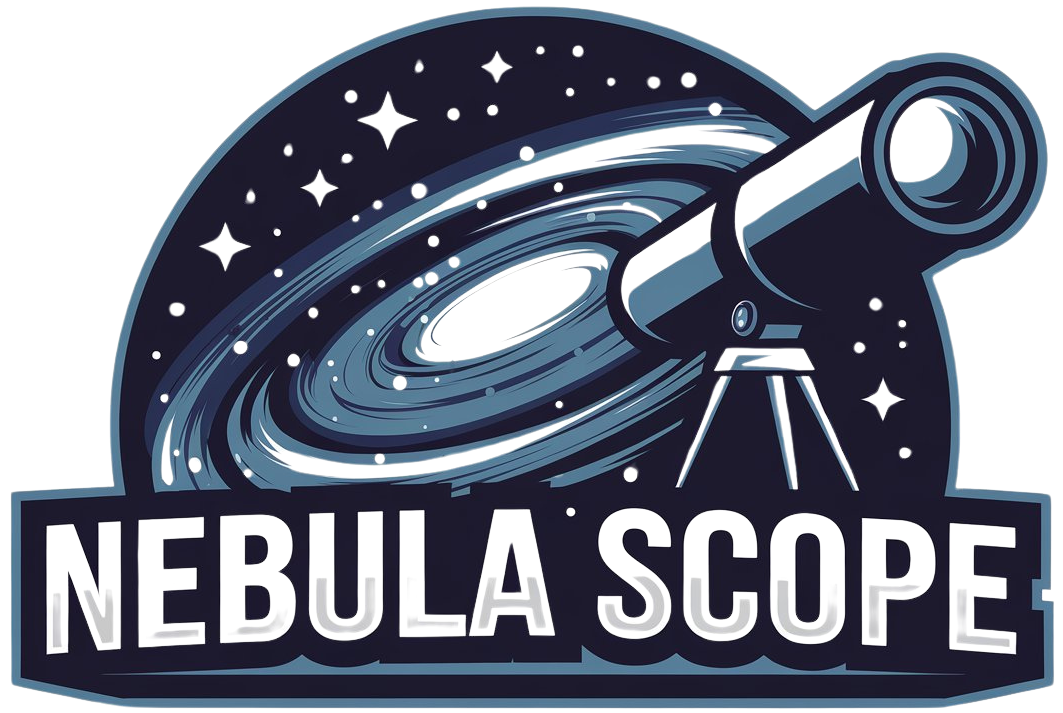Again to Article Checklist
The now-retired venture nonetheless gives a treasure trove of knowledge.
Credit score: NASA/JPL-Caltech/IPAC
Even if it finished its venture in July, NASA’s Close to-Earth Object Huge-Box Infrared Survey Explorer (NEOWISE) nonetheless has fascinating archival information overlaying the sun gadget due to the group on the Infrared Processing & Research Middle (IPAC) at Caltech.
After the spacecraft burned up within the setting in November, IPAC finished a last information unlock of NEOWISE. This totaled greater than 26 million pictures, which integrated its 21 whole sky surveys.
In the past introduced as NASA’s Huge-field Infrared Survey Explorer (WISE) venture in 2009, it looked for black holes and different deep-sky gadgets. It went dormant for a time till it was once began once more as NEOWISE in 2013, to seek for near-Earth gadgets (NEOs) together with comets and asteroids.
All six photos proven from this unlock are infrared pictures taken all over the WISE venture. Each and every comprises stars at wavelengths of three.4 and four.6 microns, coloured blue and cyan, whilst the sunshine at 12 microns is mud, coloured inexperienced. And the wavelength of twenty-two microns presentations heat gases in crimson.
The California Nebula (NGC 1499, above)
Positioned within the constellation Perseus the Hero, the California Nebula spans 100 light-years. The Nebula shows a vivid inexperienced colour with a mixture of orange, whilst the crimson on the heart is gasoline surrounding the younger, scorching celebrity Menkib (Xi Persei).
This fourth-magnitude celebrity places out 300,000 occasions the quantity of power as our Solar and its floor temperature reaches 66,000 F (37,000 C). Menkib creates a bow surprise when fast-moving stellar winds from the celebrity crash into interstellar mud and gasoline, making a pile up. The ensuing mud is heated up and looks crimson within the symbol.
The Gecko Nebula (LBN 437)
 Credit score: NASA/JPL-Caltech/IPAC
Credit score: NASA/JPL-Caltech/IPAC
A part of Beverly T. Lynds’ “Catalogue of Bright Nebulae,” this celebrity subject is known as as a result of what resembles a lizard’s pointed head close to the middle of the picture. It’s situated within the constellation Lacerta the Lizard.
The place the reptile’s nostril could be is an toddler celebrity with a vivid reddish-orange hue. This child celebrity is continuously feeding off of topic and expelling it, sweeping away the billowing mud that surrounds it. Those characteristics are related to Herbig-Haro gadgets.
NGC 5367
 Credit score: NASA/JPL-Caltech/IPAC
Credit score: NASA/JPL-Caltech/IPAC
Referred to as a cometary globule referred to as CG12, this nebula is decorated by means of its dusty “tail” very similar to that of a comet. Tough to peer in visual mild, cometary globules glance some distance higher when imaged within the infrared. This globule is situated within the constellation Centaurus.
Vela mud clouds
 Credit score: NASA/JPL-Caltech/IPAC
Credit score: NASA/JPL-Caltech/IPAC
The ideas of galactic fingers and dusty pillars between the constellations Centaurus and Vela create dense houses for brand spanking new stars. Within the thinner sections of mud ultraviolet radiation from the celebrities has minimize thru it growing the golf green palms within the symbol.
Veil of Aries
 Credit score: NASA/JPL-Caltech/IPAC
Credit score: NASA/JPL-Caltech/IPAC
This house of the sky within the constellation Aries is doesn’t have a not unusual title, on the other hand it gives a glance into celebrity formation within the area. Even if it looks as if a nebula, it was once in reality given the title “infrared cirrus” as a result of this is a huge patch of dusty clouds created by means of the magnetic fields of stars. The brownish inexperienced strip chopping around the backside proper to the center left of the picture is zodiacal mud. This subject matter is created by means of collisions of asteroids or comets inside of our sun gadget.
NGC 2170
 Credit score: NASA/JPL-Caltech/IPAC
Credit score: NASA/JPL-Caltech/IPAC
This molecular cloud within the constellation Monoceros the Unicorn is the site of NGC 2170, the brightest segment of the picture. Dotted with dozens of vivid blue and crimson stars, the emission nebula is house to many younger stars even supposing some are hidden by means of layers of mud.

